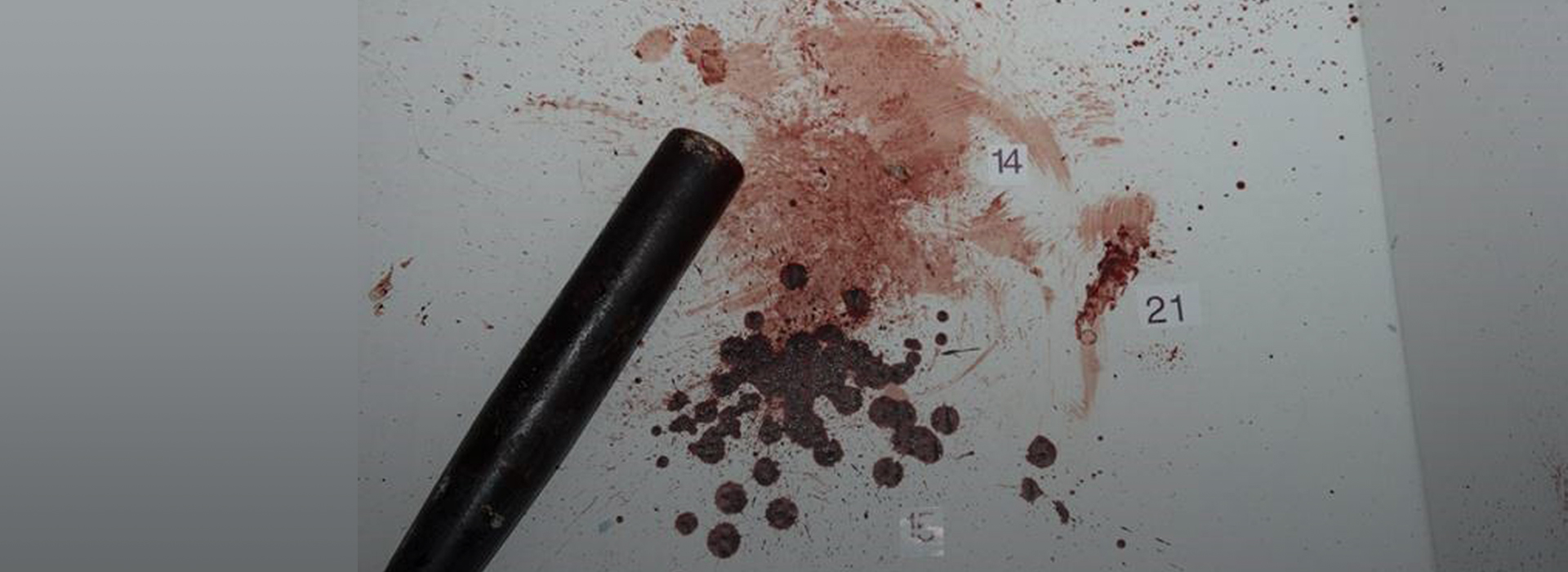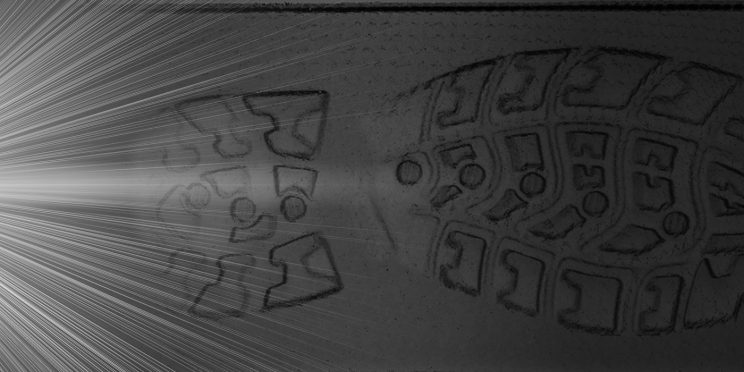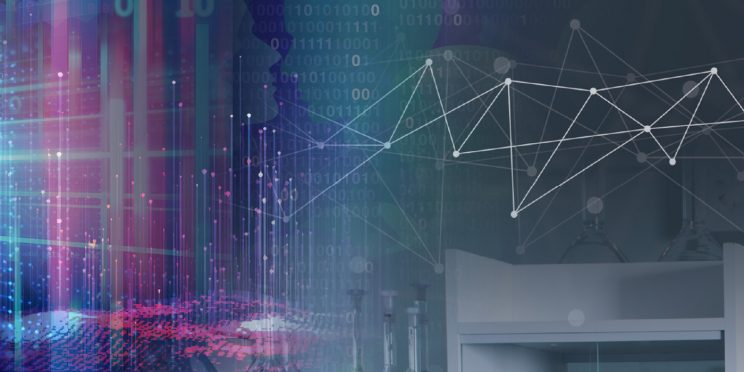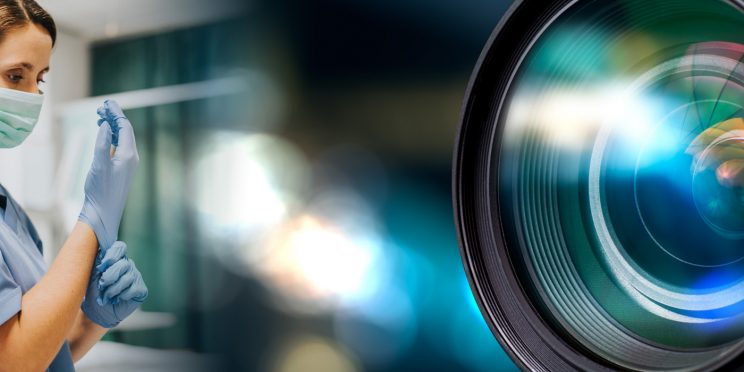This webinar originally occurred on December 11, 2019
Duration: 1.5 hours
Overview
The results of a bloodstain pattern analysis are communicated through written reports and courtroom testimony. Principles of communication science will be discussed and explained to develop the audience’s ability to transfer meaning through writing and verbal testimony.
Communication is the act of sending and receiving information and ideas from one entity to another. In bloodstain pattern analysis (BPA), this involves the transferal of ideas regarding pattern classification and reconstructive meaning from the mind of the analyst to the minds of others; the same information that may be used investigators, prosecutors, or triers of fact.
Bloodstain analysts communicate through written reports or verbal testimony. Although various recommendations have been made by the BPA and legal communities regarding the content and wording of bloodstain conclusions, these recommendations are often based upon transparency and logical accuracy using technical jargon.
Communication science research has demonstrated this transfer of ideas is not a simple process. Often, the accuracy of transferring these ideas is impeded by a variety of factors. Utilizing theory and case examples, this webinar briefly reviewed one theory of communication, why the transfer of meaning may be inaccurate, and how the bloodstain analyst can incorporate these concepts into written reports and testimony.
Detailed Learning Objectives
- Understand the transmission model of communication.
- Explain the error in assuming your target audience understands the meaning of phrases and jargon.
- Elaborate on central and peripheral route processing in persuasion.
Presenter
- Jeremy Morris
Funding for this Forensic Technology Center of Excellence webinar has been provided by the National Institute of Justice, Office of Justice Programs, U.S. Department of Justice.
The opinions, findings, and conclusions or recommendations expressed in this webinar are those of the presenter(s) and do not necessarily reflect those of the U.S. Department of Justice.
Contact us at ForensicCOE@rti.org with any questions and subscribe to our newsletter for notifications.




